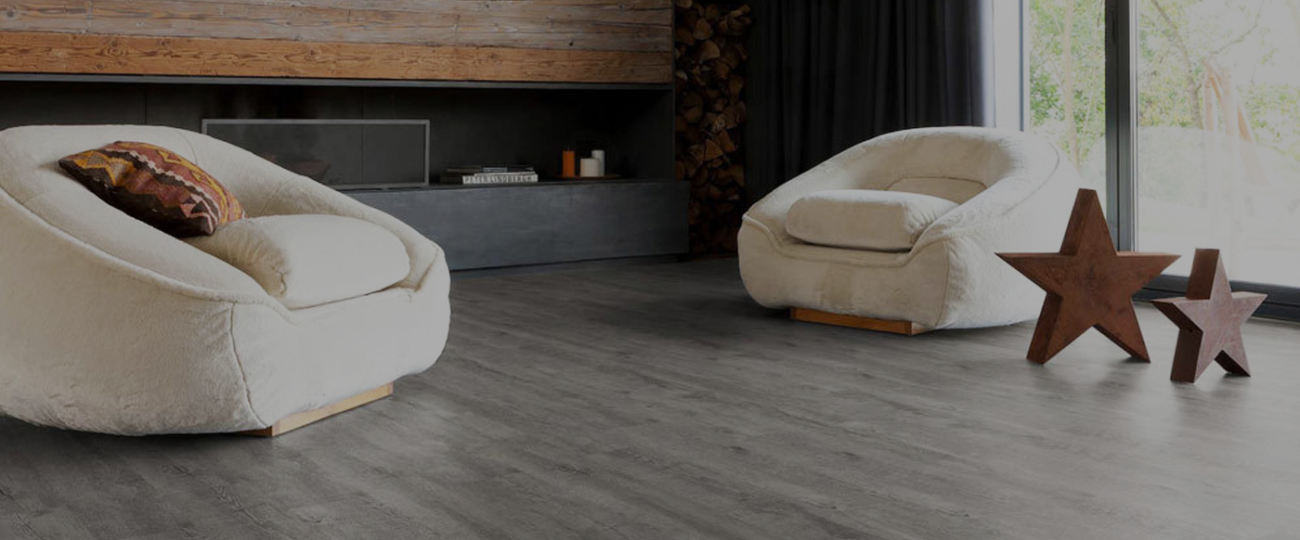It can be a jarring feeling when you first wake up on a winter morning and place your bare feet down on a floor that is icy cold. The problem is that some materials retain heat better, while others lose it quickly. At the same time, there are certain products that can actually insulate an environment, making the entire area feel more warm and cozy. There are also a few tricks that can be used to improve the comfort of already existing surface coverings.
Floor Warming Tricks
Underlay: There are a variety of flat, resilient flooring options such as vinyl and linoleum that will take on the feel and temperature of whatever surface they are installed over. If they are placed directly on a concrete subfloor then they will inherit all of the naturally chilly properties of that material. Even with plywood subfloors, there can still be a drafty feel during winter’s chill.
The solution to this is the use of a below surface underlayment layer. This is installed above the subfloor, but below the surface covering, and usually consists of cork, foam, rubber, or some other insulating material. That can help to improve the warmth of the walking area, while also sealing the heat within a room in order to cut down on energy costs.
Rugs: This is a simple yet timeless solution to cold winter flooring that can actually do a lot to make a space feel warmer and more inviting. Area rugs can be placed strategically to create conversation corners and reading nooks, which can be carved out of pieces of a larger room. They can also be employed near beds, doorways, and in bathrooms where people tend to be barefoot, coating the area in a blanket of comfort.
Carpet: This is the most iconic and popular warm flooring solution, and it is employed in a variety of bedrooms, and living room areas. Products with longer, thicker threads will tend to have the most benefits in the winter, protecting the space against the outer chill while also insulating the room against heat loss. Unfortunately, carpet is prone to some maintenance issues and is therefore not suitable for every environment.
Perfect for winter is the Fairford Twist Range
Cork: An unexpectedly warm and inviting choice, this material is made up of numerous tiny air pockets that fill the entire dimensional structure of its build. These act like cushions of insulation, preventing hot air from getting out, and cold air from getting in. It is also relatively easy to install, with tile and sheet able to lay over most sub flooring, as well as any flat surface covering that may already exist within a space. As always thicker products will be better at holding in the heat.
Vinyl: This is a resilient tile and or sheet material that is resistant to stains, water penetration, and discoloration, with very little maintenance required. It does not inherently possess any features of warmth or cold because it is so thin. However, it can be paired with padded underlayment consisting of materials such as cork, or foam, in order to combine its durable functionality with their inherently insulating features.
While this can be versatile in spaces such as bathrooms and kitchens, the cost of underlay can also as much as double the material price for the floor.
We do however have an offer on our Richstep underlay which will help keep costs down
Natural Stone: This is one of the coldest flooring options available, due to the fact that natural stone is very good at transmitting heat. While that causes them to get chilly in the winter it also has an important benefit. When paired with radiant below surface heating systems these surfaces can become toasty warm, and may actually be a delightful feature throughout the cold season.
If you have any questions regarding the best type of Flooring to keep you warm this Winter, Contact Us Today




